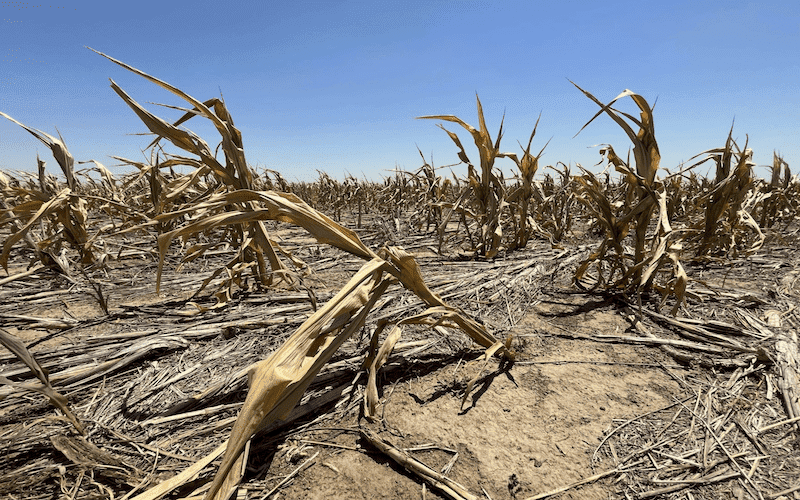Consequences of Climate Change on Farming and Agricultural Techniques
Climate change is an undeniable truth with impacts that ripple across all sectors. Among those severely affected are farming and agricultural techniques. This post aims to explore the repercussions of climate change on farming and the resulting imperative for changes in agricultural strategies.
Understanding Climate Change and its Effect on Agriculture
Exploring the consequences of climate change, we find crop cultivation and livestock production significantly impacted.
Unpredictable Weather Conditions and Crop Output
Farmers heavily depend on regular weather cycles for their crop cultivation. Nevertheless, climate change triggers more recurrent and severe weather phenomena like droughts, floods, and storms, which can harm crops and diminish yields. Moreover, escalating temperatures can hinder crop development and increase their vulnerability to pests and diseases.
Livestock and the Climate Crisis
Climate change also bears influence on livestock farming. Heat stress can negatively affect livestock efficiency and breeding, thereby impacting milk and meat production. Additionally, warmer climates can broaden the habitat of certain pests and diseases that afflict livestock.
The Imperative for Climate-Responsive Agricultural Techniques
Given these hurdles, it is crucial to embrace climate-responsive agricultural techniques to sustainably augment agricultural productivity and earnings.
Precision Farming
Precision agriculture employs technologies like GPS and remote sensing to monitor crop and livestock conditions. This enables farmers to optimize their resources and enhance productivity, making farming more resilient to climate variations.
Agroforestry, , the practice of incorporating trees into farming systems, can help alleviate some effects of climate change. Trees can provide shade for livestock, aid in soil erosion control, and enhance soil fertility, among other advantages.
Diversification Of Crops And Livestock
Diversification serves as another tactic to foster resilience. By cultivating a range of crops and raising various livestock species, farmers can distribute risk and minimize potential losses.
The Critical Need to Address Climate Change and Agriculture
Climate change introduces substantial challenges to farming and agricultural techniques. Yet, by harnessing innovative strategies and technologies, we can counteract these impacts and build more resilient and sustainable farming systems. It's imperative that we persist in investing in research and supporting farmers in adapting to these changes. The sustainability of our food system hinges on it.



.png)
.png)
.png)

.png)